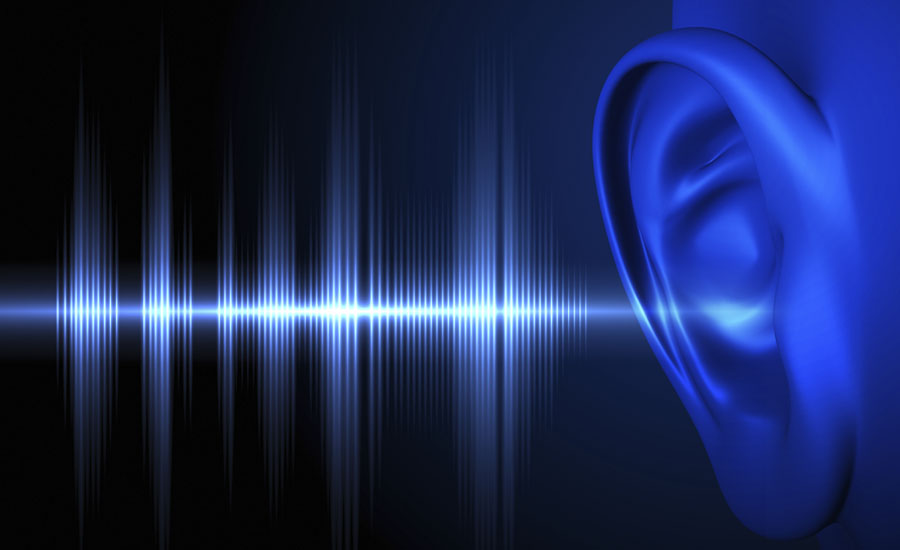How to prevent and treat tinnitus

Tinnitus has more than one possible cause. For example, more than 200 medications are known to have tinnitus as a side effect. Exposure to bomb blasts is another cause, making tinnitus one of the most common service-related disabilities among combat veterans.
But work-related tinnitus is most commonly caused by the same exposure that causes hearing loss: occupational noise. So if you are working to prevent noise-induced hearing loss, you are also doing what you need to do to prevent noise-induced tinnitus.
What you might not be doing is sending workers who suffer from tinnitus for treatment. Effective treatment is available for the condition and includes:
- Hearing aids. These can help improve overall hearing and make tinnitus less noticeable.
- Wearable sound generators. Like hearing aids, these small electronic devices are inserted in the ear. They mask tinnitus with a soft, pleasant sound chosen by the wearer.
- Tabletop sound generators. Tabletop generators can be used at home to assist in relaxation or sleep.
- Acoustic neural stimulation. Stimulation delivers a broadband acoustic signal embedded in music to desensitize sufferers and can reduce or eliminate tinnitus.
- Cochlear implants. These are used to treat people who are suffering from both tinnitus and severe hearing loss. The implants bypass the damaged inner ear, directly stimulating the auditory nerve. They can mask tinnitus and stimulate change in the neural circuits.
Don’t let workers think that no help is available if they suffer from tinnitus. They can seek treatment, and their quality of life and job performance will likely improve if they do.
Source: NIOSH
Looking for a reprint of this article?
From high-res PDFs to custom plaques, order your copy today!





